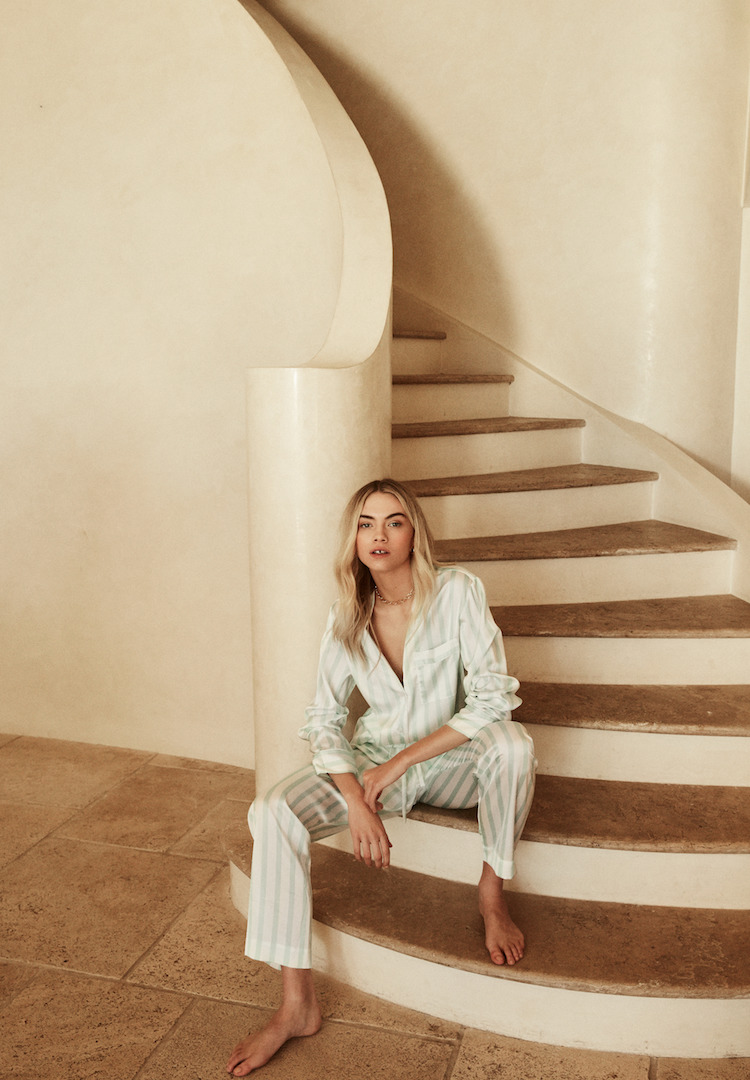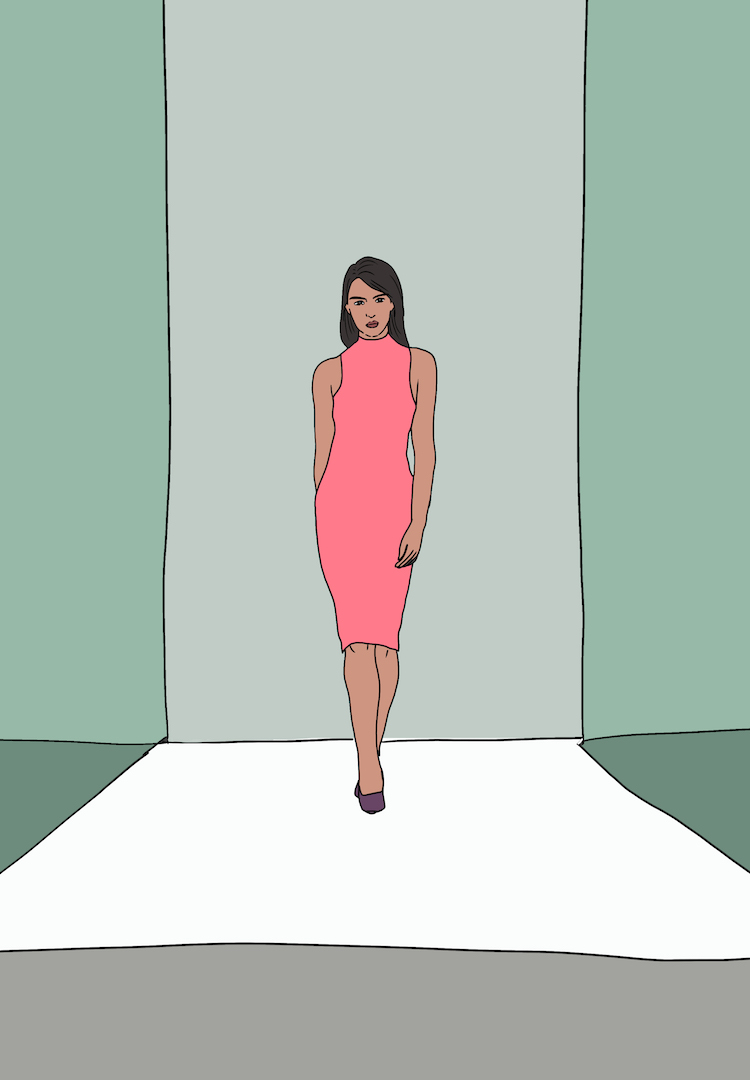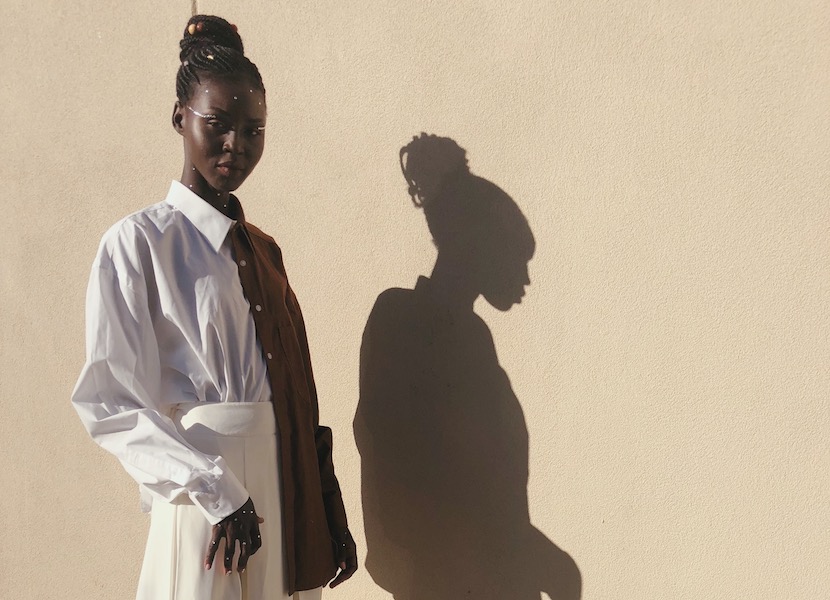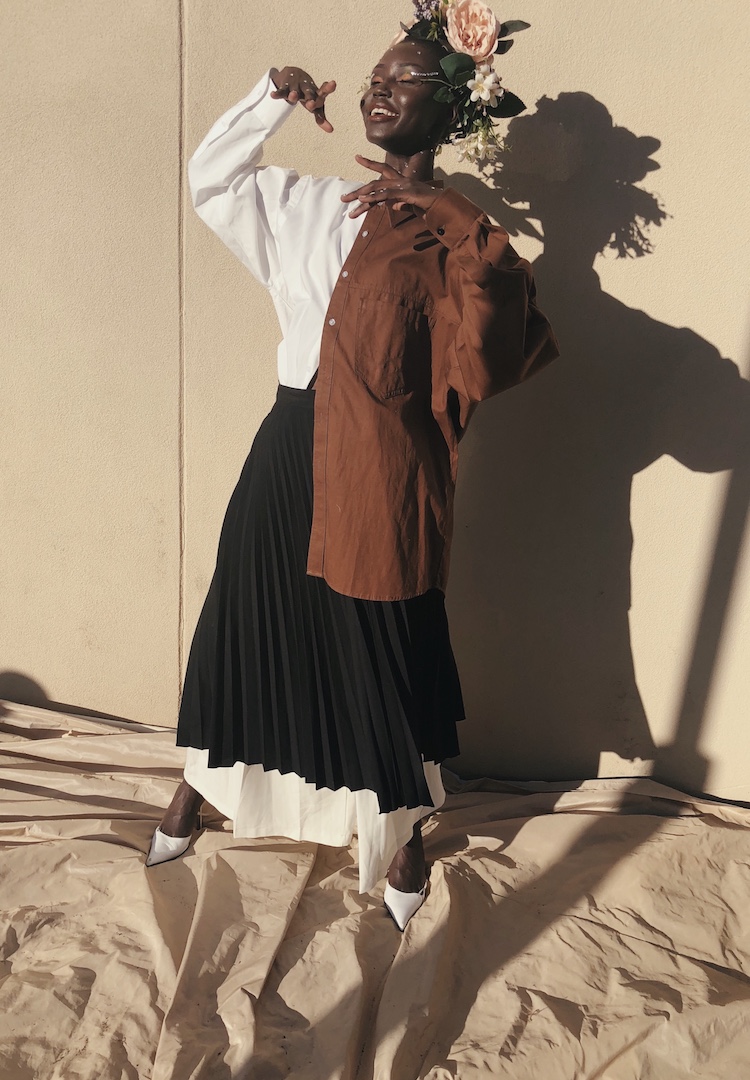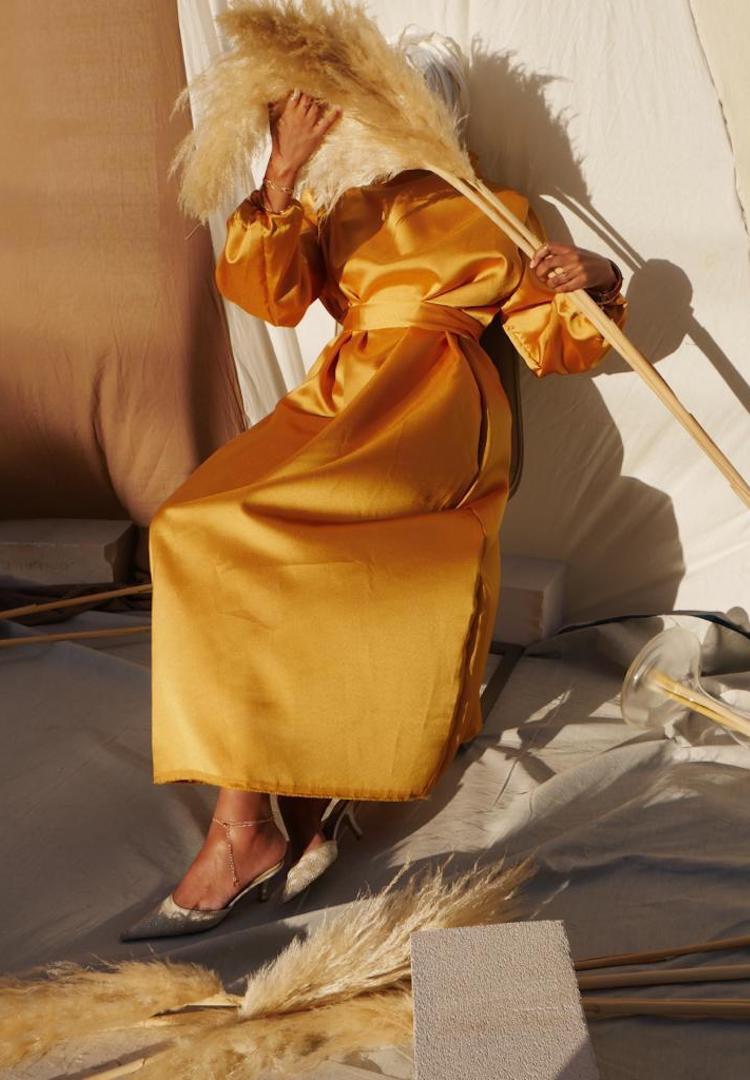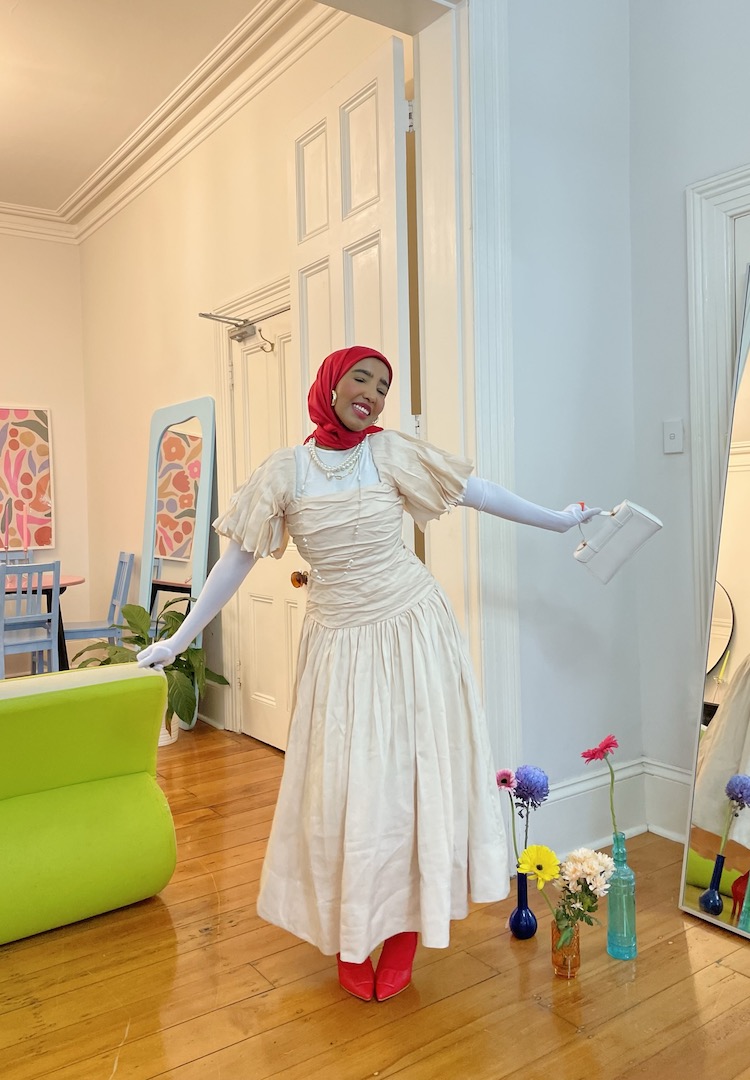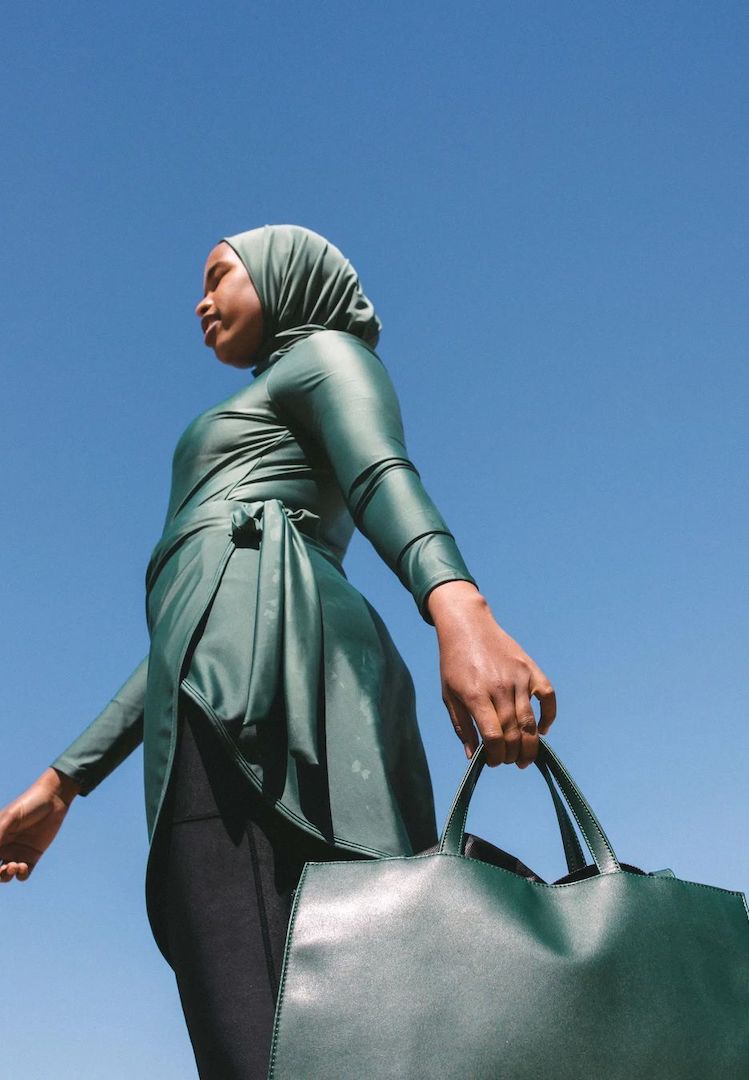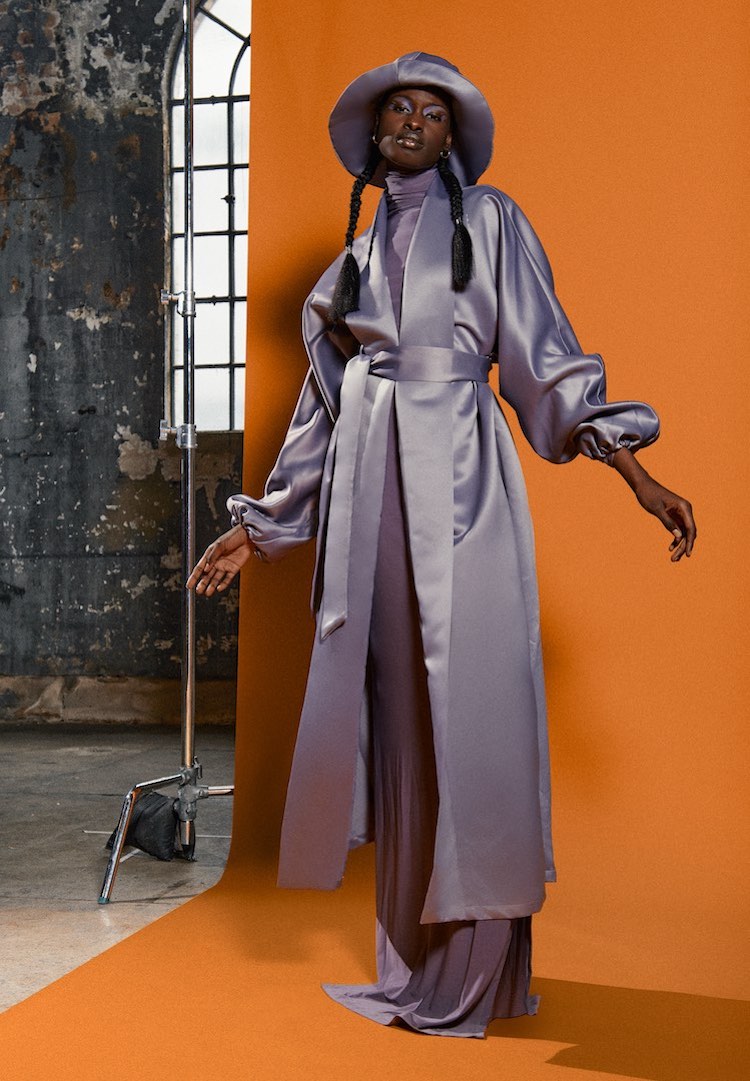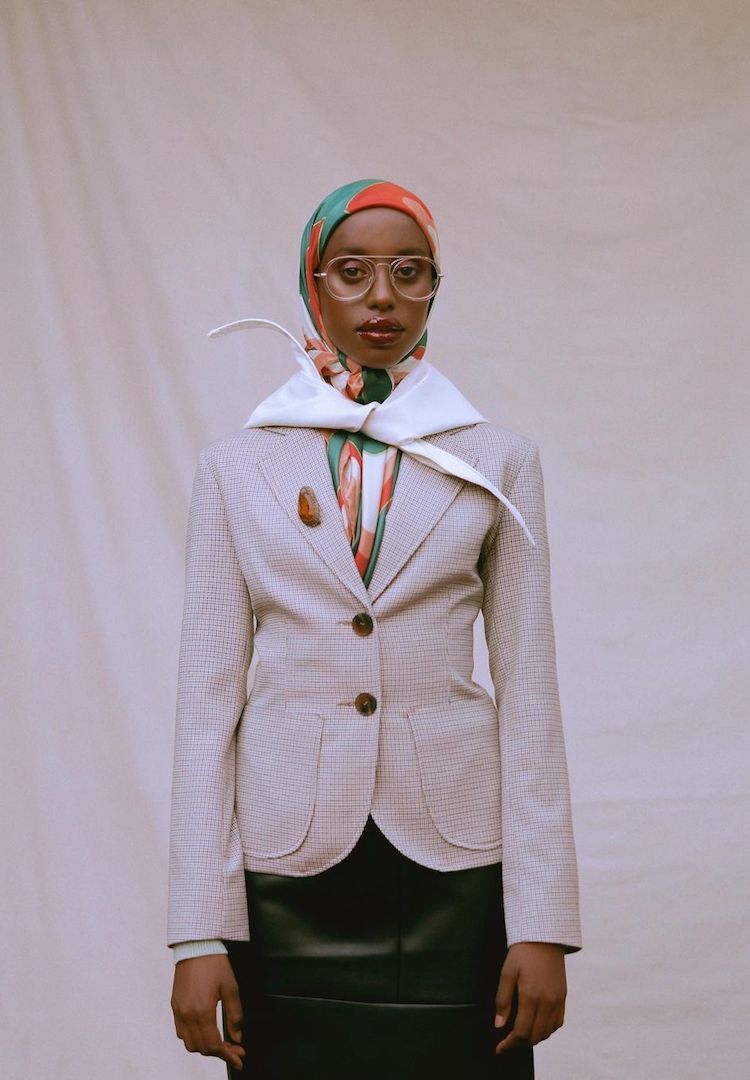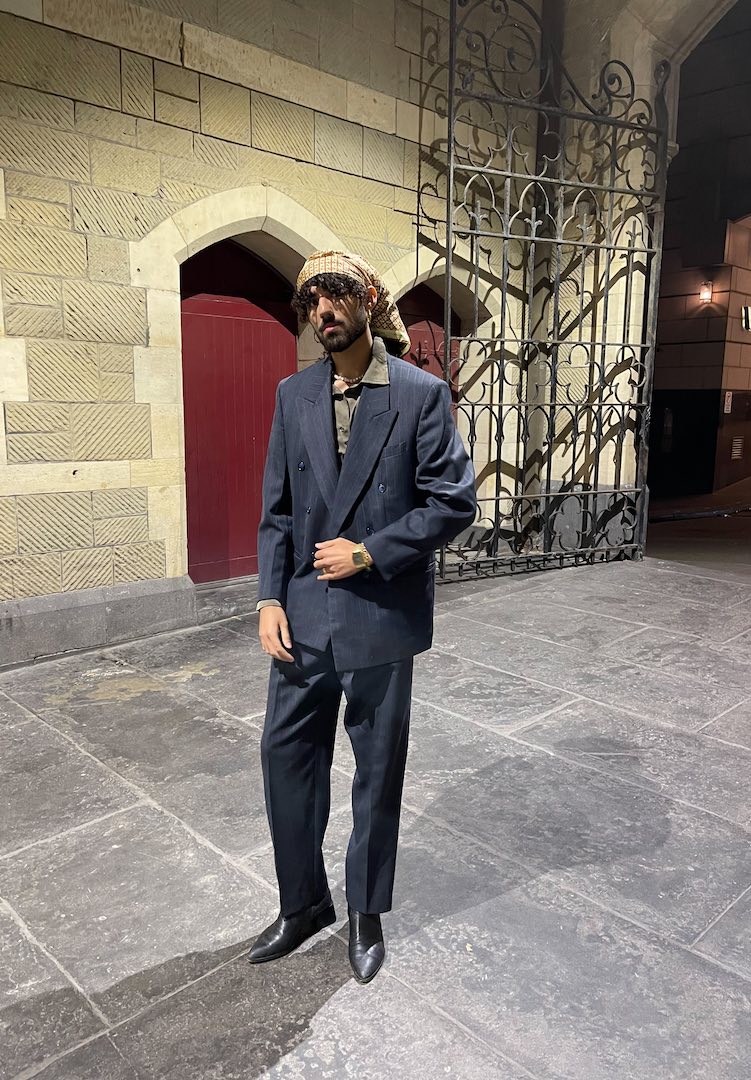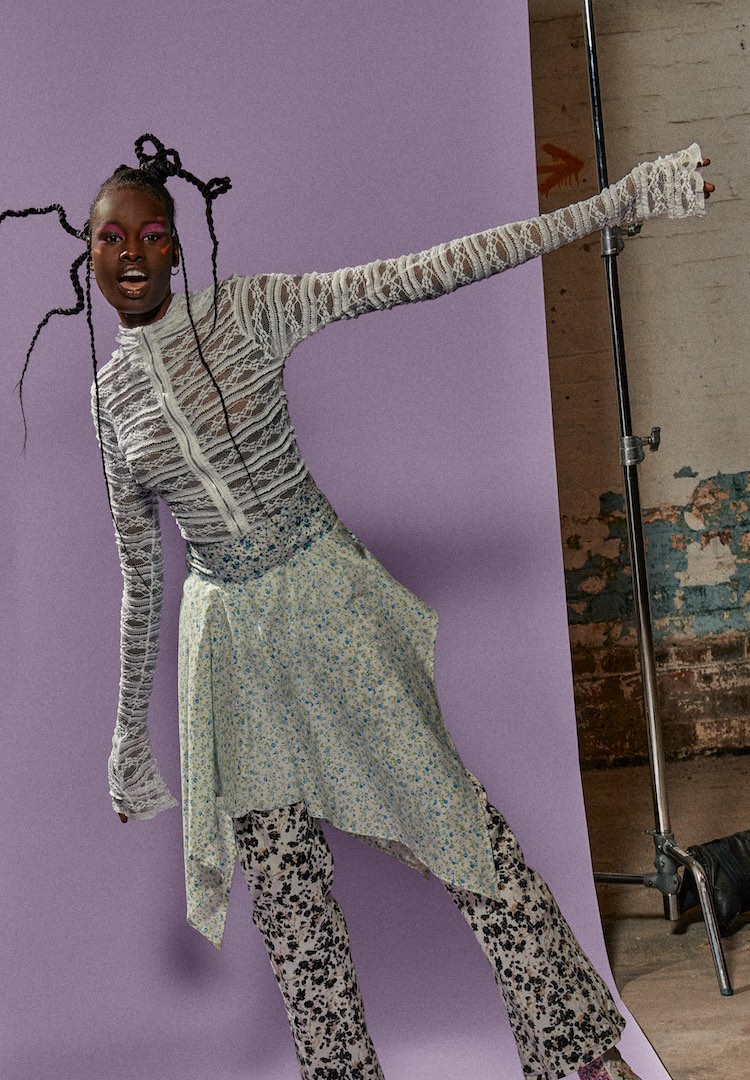Asia Hassan on what diversity really means to Australian fashion
IMAGES VIA ASIYAM
Words by Ruby Staley
“I don’t even think the fashion industry is aware of who these customers are and what they want.”
Once a niche corner of the industry, modest fashion has been steadily gaining traction around the world. Commonly associated with and adopted by Muslim women, this mode of dressing is non-discriminatory in its potential to empower those who find freedom and power in covering their skin and body shape.
But because midriff-skimming crop tops and skintight jeans are trends that don’t seem to be dying any time soon, covering up might seem like a foreign concept to some.
However, the modest market is worth billions, holding undeniable influence in the global industry. And it seems Australia is finally cottoning on.
Modest fashion been cropping up increasingly on national fashion runways, on social media and in fashion campaigns over the last couple of years. Earlier this year, we spoke to Zulfiye Tufa, the owner of a marketplace and clothing swap that retails modest fashion and offers Muslim women a platform to speak about their experiences.
And while some – like Zulfiye – have a welcoming, educational approach to modest fashion, exposure doesn’t always equate to awareness. It seems the spike of modest fashion in Australia has brought great misconceptions along with it.
“When brands started jumping on the modest fashion bandwagon, they didn’t consult with their customers and, instead, just made what they thought modest is,” says Asia Hassan. Asia is the founder, head designer and creative director of modest label, Asiyam, and has been watching the entry of modest design into mainstream fashion.
She notes there has been an increased supply of long, shapeless garments that simply tick the boxes of what it means to be ‘modest’, without offering something interesting and fashionable.
“In Australia, I don’t even think the fashion industry is aware of who these customers are and what they want,” says Asia, a modest dresser herself.
“I love fashion so much, so I find I’m never satisfied with what most modest stores offer to us.”
Like many other women, Asia has had to become resourceful in order to project her own style – resorting to vintage shopping, layering pieces and ultimately, making her own outfits.
This is something she hopes to change with her label. Rather than just catering to a modest dresser, Asia’s designs are universally sophisticated with the potential to be worn by anyone.
“I usually just reimagine the everyday fashion with more fluidity and longer hemlines,” she says.
She takes a minimalist approach to design, though her gowns and reinvented outerwear feature intricate pleating and fabric manipulation, with a splendour rivalling haute couture. All this means Asiyam’s garments stand out from typical modest offerings.
Asia’s vision for both modest fashion and sophisticated design could explain the label’s newfound success. Just this year, Asiyam appeared in Vogue Australia, Cosmopolitan and Elle UK, and exhibited at a number of national fashion shows, including Melbourne Fashion Week and VAMFF.
“It was exciting and felt like I was a part of changing times,” she says, before adding a caveat.
“It was clear that I was involved because I was different and ‘diverse’.
She notes that while there is joy in finally being included in the mainstream, there are also rejections and hurt that come with it. “What people don’t realise is, it’s hard being the first,” she says.
In preparation for her first fashion show, Asia was forced to negotiate with stylists on dressing the models in headscarves. She, obviously, wanted the models wearing them, and the stylists didn’t.
“On the day of the show, the models walked down the runway and I realised not a single one was wearing a headscarf. I was so heartbroken,” explains Asia. “Everyone was congratulating me, but I was dying inside because I had lost all control.”
She felt silenced by the institution and excluded by the industry.
“I didn’t talk about it for a long time…Eventually I asked, ‘Why was the headscarf not used for the models? What were the unwritten rules against headscarves?’”
One year later, Asia agreed to be part of the same event. This time around, one model wore the headscarf and closed her show donning a hijab.
Was this a triumph?
Asia shrugs, “I don’t know. I guess this is what progression looks like?”
It’s slow and can be disappointing, but ultimately the progress is there. And for the future, Asia is optimistic.
“I want to have equal opportunities, to see designers like me being visible and for the industry to listen to their customers.”

